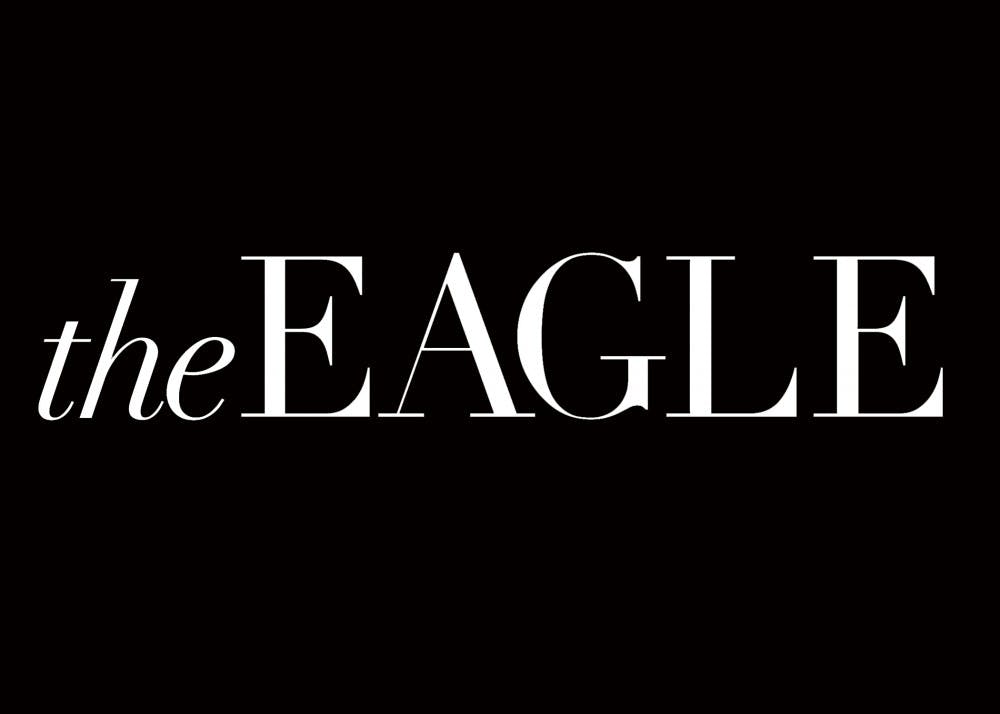Most students probably do not think about accessibility very often, but for many, it poses a challenge on a daily basis.
Students with physical disabilities interviewed by The Eagle are generally happy with the help that the Academic Support and Access Center (ASAC) provides.
But AU has not done enough to address campus accessibility issues outside of ASAC. Many complain that buildings are not as physically accessible as they should be, or are extremely cumbersome to enter.
Specifically, Hurst Hall and the East Quad Building lack adequate options for students with disabilities. Neither building offers access via ramp or elevator. Although Hurst is equipped with a lift, it is awkward and inconvenient.
Even going to the bathroom can be a struggle in Hurst Hall, where all bathrooms are located in the basement and are only accessible via the stairs. For many students who have a physical disability or challenge, this is an extremely difficult obstacle. The Eagle staff implores administrators to listen to students and remedy this issue.
Of course, there are steps students can take before each semester begins to ensure that they will not be inhibited by the campus buildings. Students have the option of discussing their schedules with ASAC to make sure their classes are in locations they will not have any trouble accessing due to their disability.
Unfortunately, some students who would benefit from these resources are not aware of them. We hope ASAC will find ways to reach these students through community outreach efforts.
The Eagle staff would also like to acknowledge that not all disabilities are physical. Our story focuses on students with physical disabilities, but other types of disabilities -- including mental, emotional and educational -- bring their own set of challenges on campus. Many students experience these types of disabilities at the same time.
Often, students need time to adjust to what accessibility looks like in college. They may be used to a more personal accommodation, such as extra time for exams in an empty classroom like they may have experienced in high school. But at AU, similar arrangements may occur in a crowded or busy classroom instead.
Technology could very effectively assist students who are audio or visually impaired. Such technologies are essential for the education of those students, and it is incumbent upon the University to accommodate them.
The Eagle also recognizes that students have a role in creating an inclusive community for students with both visible and invisible disabilities.
Students with disabilities are too often on the receiving end of dirty looks or mumbled comments when they take an elevator over the stairs. It is unacceptable for anyone who wants to make our campus more inclusive.
There is no reason we should be judging each other’s disabilities. The Eagle encourages students to suspend their judgement, resist jumping to conclusions and to treat their peers with kindness. Students should lend a hand when they can and make AU a more comfortable and inclusive learning environment.
The University has the potential to be much more accommodating to students with disabilities. While many people may not consciously consider disabilities when they imagine inclusivity, they are just as deserving of our attention as any. Moving forward, it is on us to make that inclusivity a reality.
This article originally appeared in December 2017 print edition of The Eagle.





